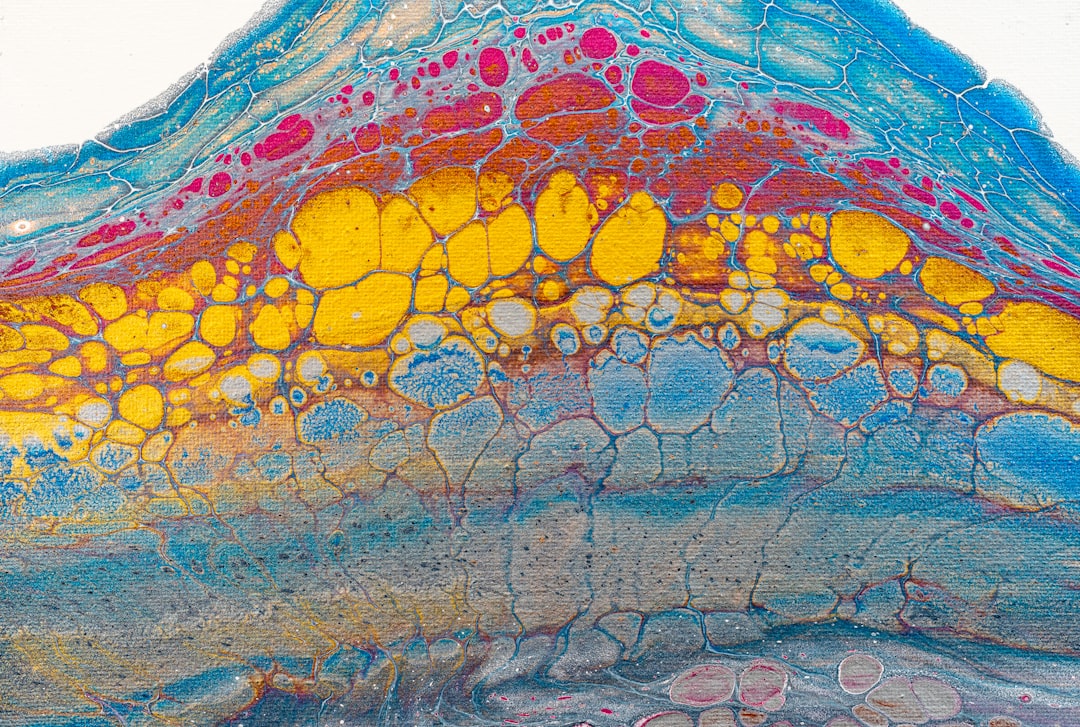What is it about?
Many distasteful butterfly species share conspicuous warning color patterns to avoid predation. We explored whether this color pattern mimicry extends to behavior. To do this, we analysed the flight behavior of hundreds of neotropical butterflies from 38 species, each belonging to one of ten distinct color pattern mimicry groups. Using high-speed video footage to measure butterfly flight, we analysed how the butterflies’ appearance, habitat preference, and wing shape are related to their flight behavior. We found that butterfly species that have evolved similar color patterns have also evolved similar flight behavior. Surprisingly, distantly-related butterflies belonging to the same color pattern mimicry group have more similar flight behavior than closely-related species that display different warning coloration. Our results also suggest that predation drives similarity in flight behavior more than the habitat in which they fly.
Featured Image

Photo by Ana Martinuzzi on Unsplash
Why is it important?
This serves as the first evidence of behavioral mimicry across a large and diverse group of organisms, which diverged over a wide range of timescales, from 0.5 to 70 million years ago.
Perspectives
The extent of flight mimicry in this group of butterflies is amazing. It is a great example of how evolution shapes behavior, with selection from predators driving subtle changes which enhance the survival of individuals. The challenge and interest now is to identify the genes causing these changes, which will tell us how such behavioral mimicry evolves.
Kanchon Dasmahapatra
University of York
Read the Original
This page is a summary of: Pervasive mimicry in flight behavior among aposematic butterflies, Proceedings of the National Academy of Sciences, February 2024, Proceedings of the National Academy of Sciences,
DOI: 10.1073/pnas.2300886121.
You can read the full text:
Contributors
The following have contributed to this page










